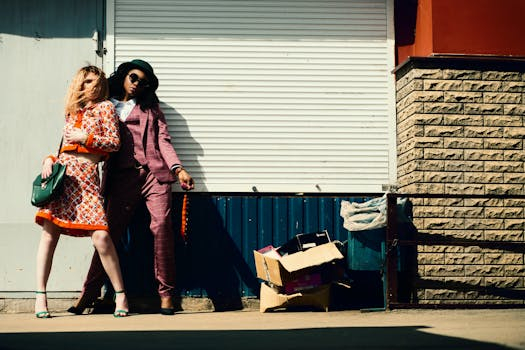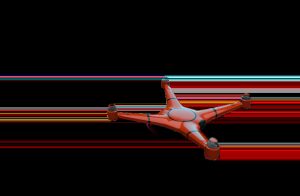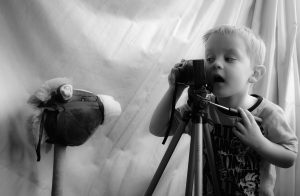Fashion Forecasting: AI Predicts Next Decade’s Trends
Fashion forecasting has been an integral part of the fashion industry for decades, as designers and brands strive to stay ahead of the ever-changing trends. But with the rise of technology and artificial intelligence, fashion forecasting is taking a whole new turn. With the help of AI, designers are now able to predict the next decade’s trends with unprecedented accuracy. In this article, we will delve into the world of fashion forecasting and how AI is revolutionizing the way we look at trends in the fashion industry.
What is Fashion Forecasting?
Fashion forecasting is the process of anticipating the trends and styles that will be popular in the upcoming seasons. It involves analyzing various factors such as cultural influences, social media, street style, and consumer behavior to determine the future of fashion. The accuracy of fashion forecasting is crucial for brands and retailers to make informed decisions about their collections and marketing strategies.
The Role of Artificial Intelligence in Fashion Forecasting
The fashion industry has always been quick to adopt new technologies, and AI is no exception. With the help of algorithms and machine learning, AI has the ability to analyze vast amounts of data and identify patterns and correlations that humans may miss. This makes it a game-changer in the world of fashion forecasting.
AI can analyze data from various sources, such as social media, online shopping behavior, and fashion shows, to identify emerging trends and predict their future popularity. This not only helps designers and brands to stay ahead of the curve but also allows them to cater to consumer demand more effectively.
Benefits of AI in Fashion Forecasting
The use of AI in fashion forecasting has numerous benefits, including:
1. Increased Accuracy
AI algorithms are designed to analyze large datasets efficiently and accurately, resulting in more precise fashion predictions. This not only reduces the risk of brands and retailers making wrong decisions but also cuts down on production costs.
2. Faster Processing Speeds
With AI, the process of analyzing data and predicting trends can be done in a fraction of the time it would take a team of humans. This gives brands and designers more time to work on their collections and marketing strategies, ultimately improving efficiency and productivity.
3. Real-time Insights
One of the biggest advantages of AI in fashion forecasting is the ability to track and analyze real-time data. This allows designers to understand consumer preferences and adjust their designs and marketing strategies accordingly.
The Future of Fashion Forecasting with AI
As AI continues to evolve and improve, the possibilities for fashion forecasting are endless. With the use of AI-powered virtual stylists and virtual shopping assistants, brands can provide personalized recommendations to consumers, making the shopping experience more seamless and enjoyable.
Moreover, as sustainability becomes increasingly important in the fashion industry, AI can help in predicting which trends will have long-term staying power, reducing the production of items that may become obsolete quickly.
Final Thoughts
The convergence of fashion and technology is transforming the fashion industry in many ways, and fashion forecasting is no exception. With the help of AI, designers and brands can make more informed decisions, leading to a more efficient and sustainable fashion industry. With its ability to analyze vast amounts of data, AI is poised to change the face of fashion forecasting in the next decade and beyond. So, get ready to see AI in action as we move towards a more data-driven and technology-empowered fashion world.









